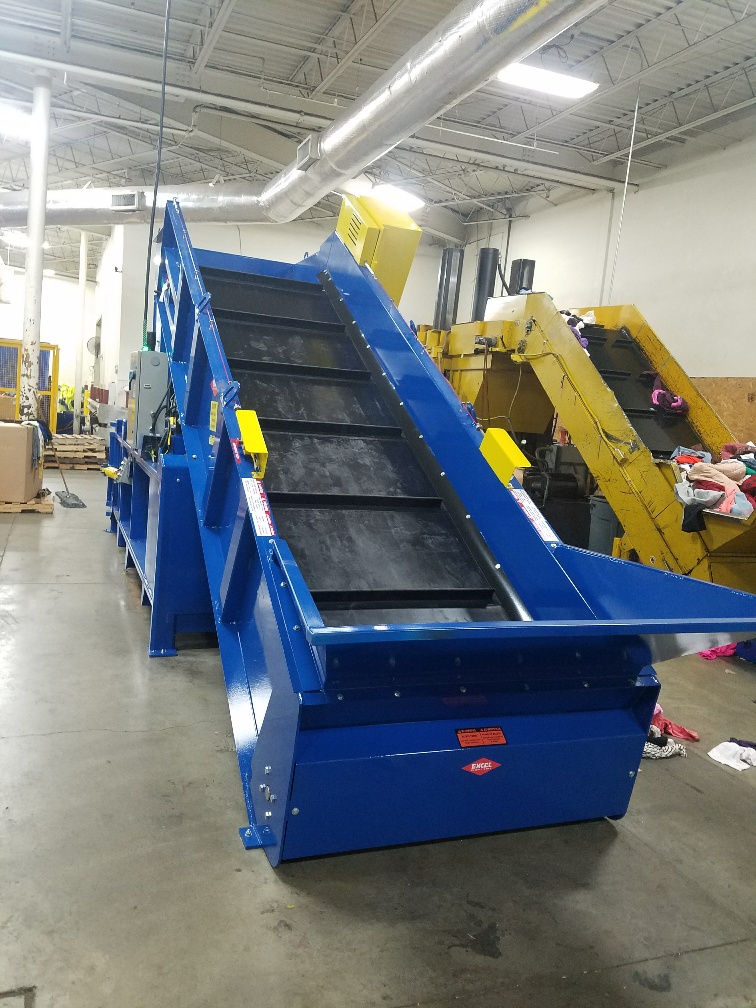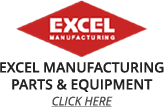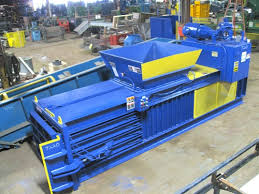The Key Steps to Buying Baler Equipment

Step 1 Identify Baler Material and Volume
What are the types of material you plan to bale? What is the volume in terms of tonnage? Material and volume drive the size and type of equipment to consider.
What is the volume that you expect the baler to handle? Per year, per month, per day and per hour. Throughput is one of the most important factors in the decision process.
Step 2 Determine Baler Specs
There are a whole host of items that need to be reviewed before finalizing baler specs. If used equipment, do you have the run hours? Maintenance records? Are spare or replacement parts readily available?
Bale density is also a factor. The more dense, the less you may have to pay in transportation costs as well as less in wire. Its sounds basic, but wire and transportation costs can add up over time.
Consider labor costs, wire costs per bale, maintenance, spare parts availability, lease vs. buy and budget.
Step 3 Compare Options
After completing your homework, determining your needs, amounts to be baled, bale density desired, future volume predictions and budget, you should be ready to compare and decide.
Often times, when all things are equal, service and value will be important components when selecting baler equipment. Talk to people in the industry. Get references. Find out what their experience has been. They deal with the baler machine daily. They know its personality and the little things a salesperson won’t tell you.
In the end, buying the right baler requires taking into consideration several factors, from materials process, facility processes and requirements to final cost. Following key steps and performing detailed analysis will help get you to the right decision. The folks at Apex Equipment can help you through that process from start to finish.





